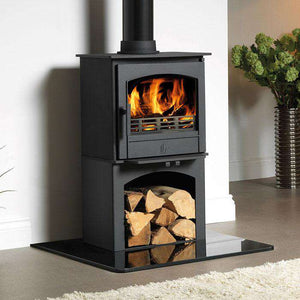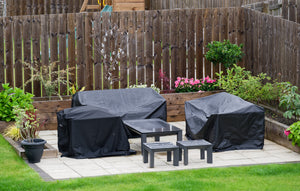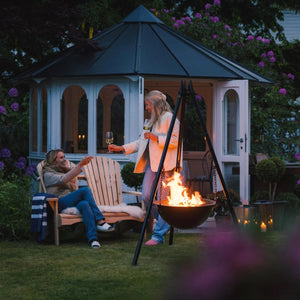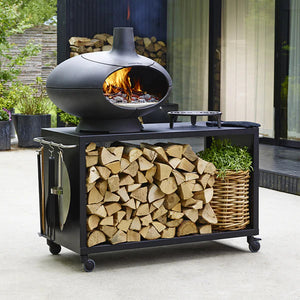Debunking Myths: The Truth About Modern Wood-Burning Stoves and Emissions

Modern wood-burning stoves have gained a reputation as a low-carbon and sustainable way to heat homes. However, some misleading reports in the media suggest that they contribute significantly to air pollution. Let’s clear up these misconceptions with facts.
The Stove Industry Alliance (SIA) has created a short film to debunk common myths about wood-burning stoves, presenting accurate facts and clarifying three major misconceptions often misrepresented in the media.
Myth 1: “Wood-burning stoves are the biggest contributor to small particulate matter in the UK.”
This claim is misleading. It comes from a 2015 statistic that overestimated the amount of wood burned in UK homes. More accurate research in 2019 carried out by the SIA (1) showed that wood-burning stoves contribute less than 10% to fine particulate matter (PM2.5) emissions, not the 38% previously stated.
Additionally, the original figure included all types of wood-burning, such as older stoves, open fires, and unregulated sources like bonfires. Newer stoves, which follow strict standards, emit far fewer particulates.
Myth 2: “A wood-burning stove produces the same emissions as 18 diesel cars.”
This comparison is not fair. The tests compared stoves running at full capacity with diesel cars running at their most efficient. It did not consider other sources of vehicle pollution like brake and tire wear, which can be significant.
Also, car emissions are released at ground level, directly into the air people breathe. In contrast, wood stove emissions go up chimneys and disperse high in the atmosphere, reducing their immediate impact on air quality.
Myth 3: “Wood-burning stoves and fireplaces are inherently harmful.”
This generalisation ignores the advancements in wood-burning stove technology. Many critics use old data from inefficient open fires and outdated stoves.
Modern stoves are much more efficient and produce fewer emissions. Stoves that meet the Ecodesign standard, which became mandatory in 2022, emit up to 90% fewer particulates than open fires and up to 80% fewer than older stoves. Independent certifications like clearSkies confirm the high performance and low emissions of these stoves.
The Bigger Picture: A Sustainable Heating Solution
Modern wood-burning stoves are not just low-emission; they are also part of a sustainable future. They provide an efficient heating option that fits with low-carbon energy strategies. When used responsibly with properly dried wood, these stoves offer an eco-friendly alternative to fossil fuels.
Furthermore, wood is a renewable resource. Using sustainably sourced wood helps maintain a balanced carbon cycle. Unlike fossil fuels, which release ancient carbon, wood burning releases carbon that is part of the current cycle, contributing less to overall atmospheric carbon levels.
Conclusion
The misunderstandings about wood-burning stoves are often based on outdated or incorrect data. Modern stoves, designed with clean-burn technology and meeting strict standards, are much more efficient and less polluting than the old ones. They represent a sustainable solution for home heating.
For accurate information about wood-burning stoves and their role in eco-friendly heating, visit the Stove Industry Alliance at www.stoveindustryalliance.com.
(1) The SIA conducted independently verified research in 2019, using a sample size of 10,620 respondents and the same questions as the BEIS survey.
- Jonathan Nichols









